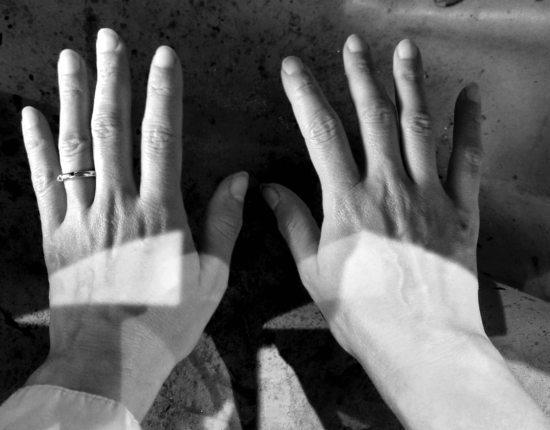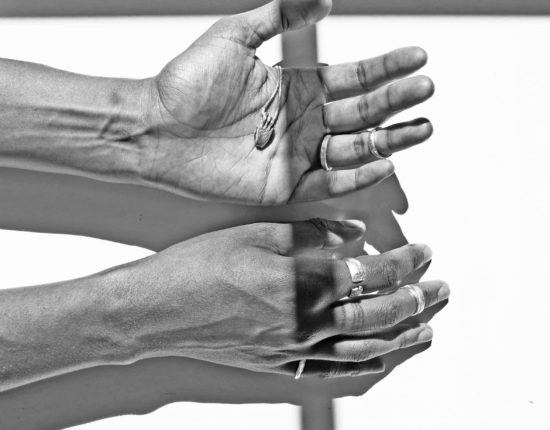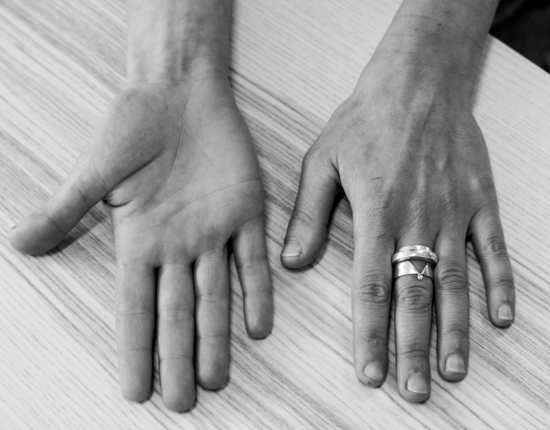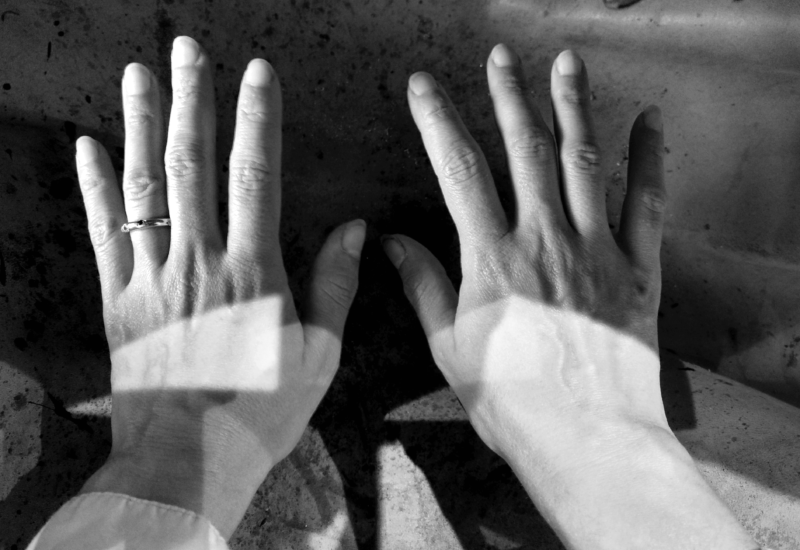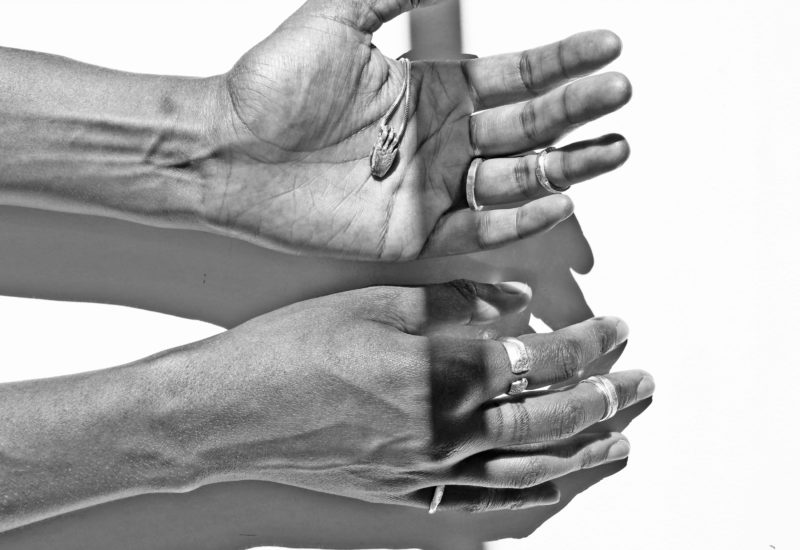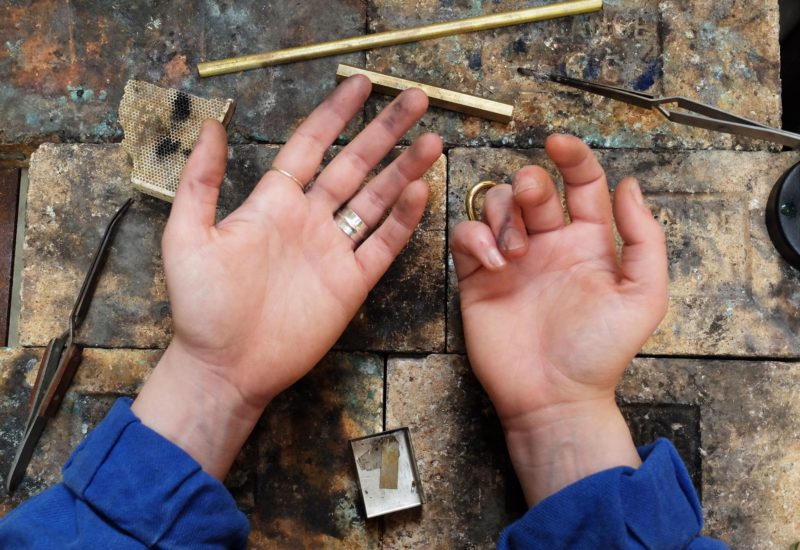L’ATELIER VERRERIE DU CHAT NOIR
During a trip to Dordogne, I visited Samuel Brand’s workshop – glassblower and pearl-maker. He makes jewels but also everyday objects such as bottles, paper-weights, glasses or vases. Samuel has a lot of ideas, he is constantly looking for new patterns and he explores and revisits different techniques. He always wants to offer unique but affordable pieces. Samuel and I have known each other for several years, I often observed his work and I am happy to be able to talk about his beautiful pieces and his magical job.
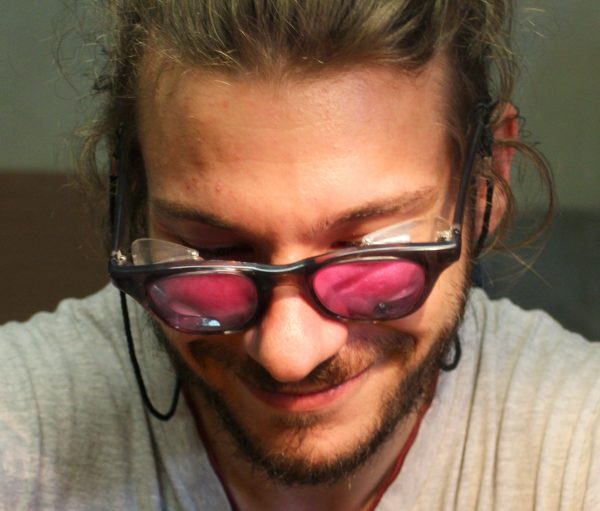
Could you please introduce yourself ?
My name is Samuel Brand, I am 29 and I have been glassblower and pearl-maker for fifteen years. I work in the Dordogne region, in Le Lardin Saint-Lazare, a few kilometers away from the cave of Lascaux.
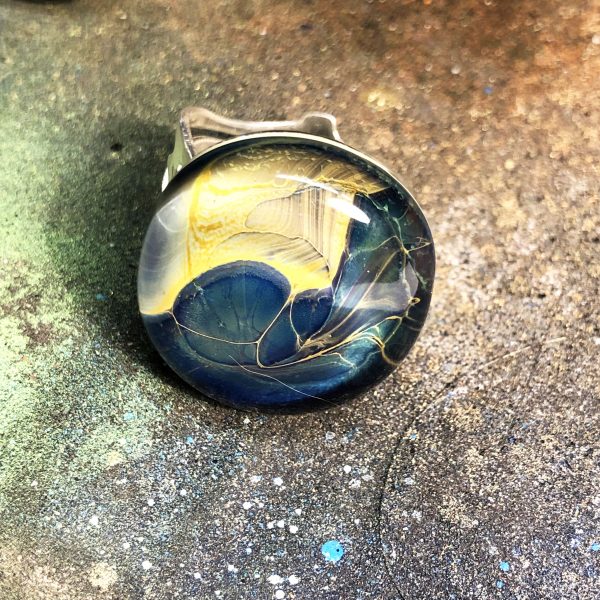
How would you define your universe ?
I create glass jewels that I make with a blowtorch and objects with a blowpipe. I like to make affordable and quite colorful pieces with complex patterns. I try to find my own patterns instead of using classic ones or patterns created by other glassblowers. It is important to renew my work in order to offer new pieces and make a living. However, my main motivation is to be able to offer affordable pieces with original patterns.
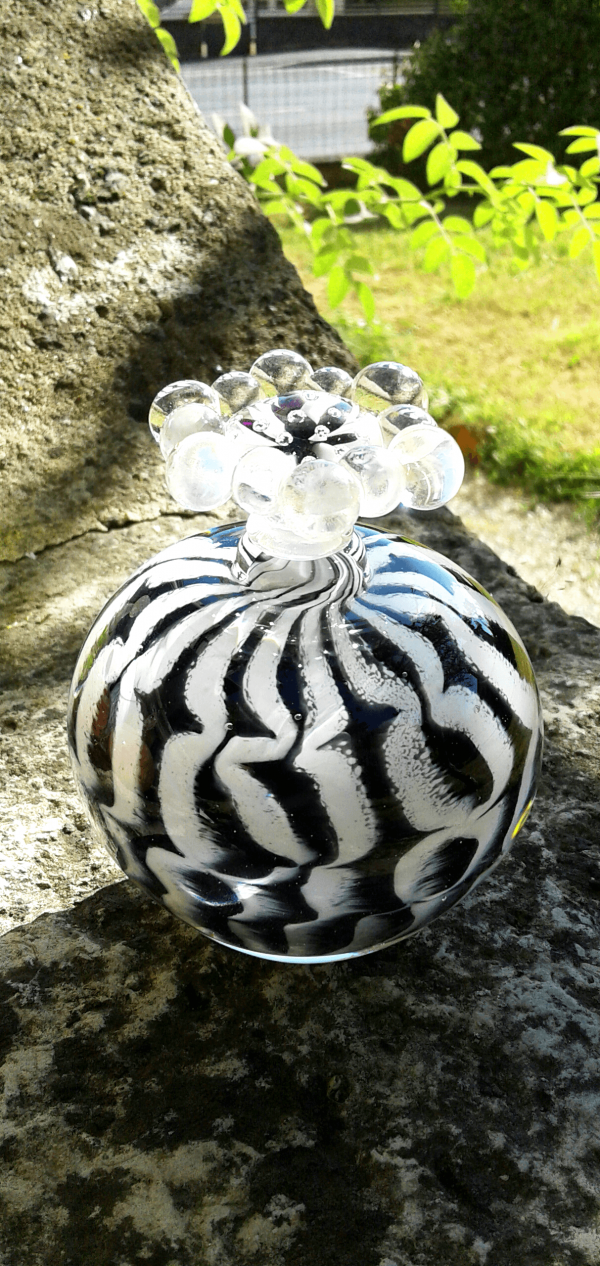
I mainly make small and medium size pieces or assembly of small pieces with patterns. If a piece is too big, its price will be much higher and we don’t target the same customers anymore. I just want people to be able to go home with a piece – happy and without breaking the bank.
I am preparing the opening of my workshop-boutique in Le Lardin Saint-Lazare, it is named L’Atelier verrerie du Chat Noir. I want it to be affordable and open to all. That’s an important project to me since highschool. It is inspired by Emile Gallé’s theory (1846-1904), master glassmaker who founded the School of Nancy and contributed to the advent of Art Nouveau. He drew his projects and had a team of very qualified glassmakers to make them. He contributed to promote the world of glass to a wider public. At that time, we could not find lower end glasses as we now find in malls. It was unaffordable. Offering glasses really was a beautiful gift. For example, glasses could be part of a dowry. It was not trivial. We now live in a different society but it is important to me to offer quite cheap glass.
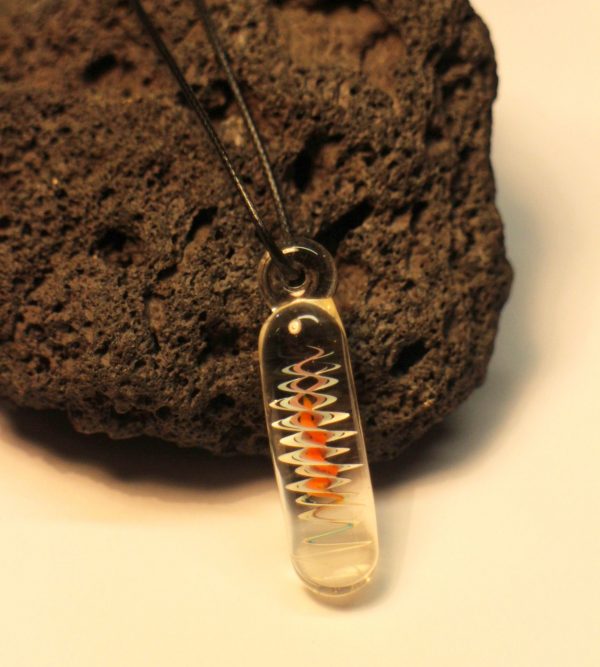
How do you choose the objects you make ?
To be honest, it is sometimes according to my glass stock! 🙂
More seriously, it depends on the days. I try to find a object I like and I imagine it in glass. Then, I need to find a production process suitable for glass. It is complicated, I sometimes need to do a lot of research and failed attempts. For example, I recently made door knobs and it was quite easy. It is not always like this. I have anticipated my production process before receiving the necessary elements to make the knobs. You constantly need to adapt. It is a constant research and this is what I love about my job.
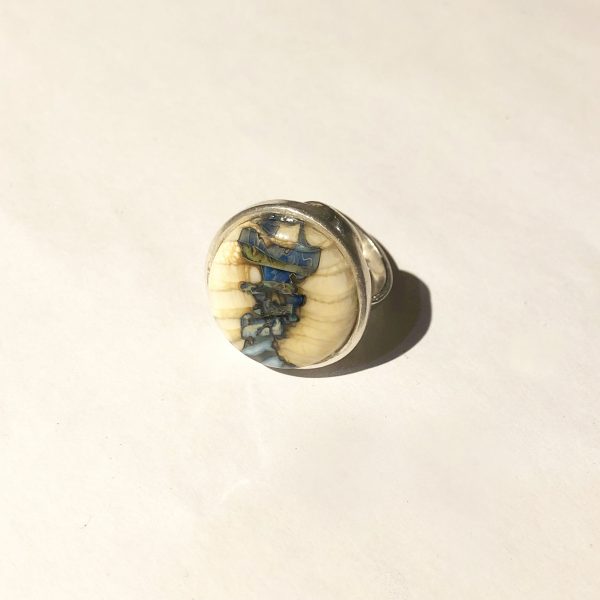
You make pieces with blowtorch and blowpipe, why have you chosen these two different approaches ?
It can sound stupid but I started to make blowtorch pearls for financial reasons. I got caught up in it. It is not a trivial activity, it is now completely part of my work and I will not stop. Blowtorch allows to make extremely thins patterns. Each tool is specific. Some patterns are possible with a blowtorch, not a blowpipe, and vice versa. There are different effects according to the pieces we make. Traditional blowpipe really allows to have sensations while blowtorch is more refine. With time, I would love to combine both tehcniques. I am not there yet but I made some pieces by combining these techniques. My bottles are composed of a stopper made with my blowtorch and a pot made with a blowpipe. You need to handle colors because it behaves differently according to tools. In reality, these are two different jobs.
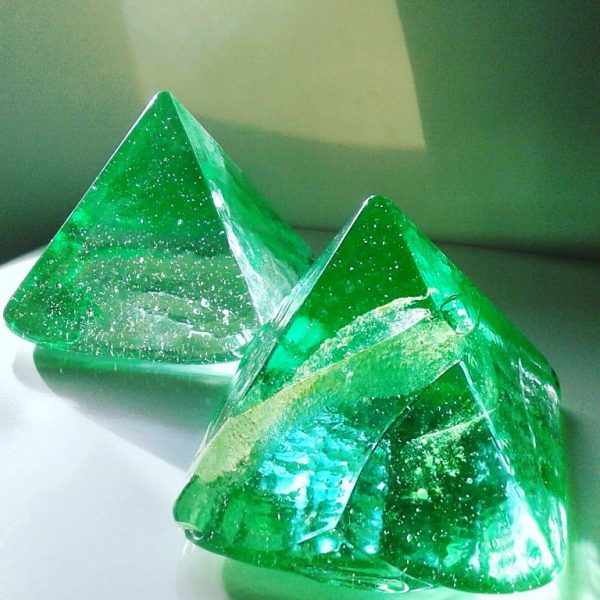
When and how have you started this activity ?
I decided to start glassblowing in 2003 after observing a glass craftman in Vianne (Gers, France). I visited his workshop and saw the different phases of works. One of the assistants told me about the National Glass School of Yzeure (Allier) and that’s how I started. I had never touched a pice of glass before arriving at the hidhschool of Yzeure. I didn’t know if I would like it but I am lucky to be supported by my family. My parents got involved in my activity. I would not have been able to prepare my workshop by myself. At the beginning, it was a bet. I was 14 and I wanted to try. Then I had the good fortune to meet many glassmakers who showed me their techniques. However, I learned a lot on my own. I have quite personal techniques, especially with beads. In terms of glassblowing, the training received in Yzeure was advanced. I learned the history of glass and the way I work is often inspired by old glass techniques. I adapt them to current techniques and technology. The first patterns are from the Ancient Egypt, they obviously didn’t have the same material that we have today !
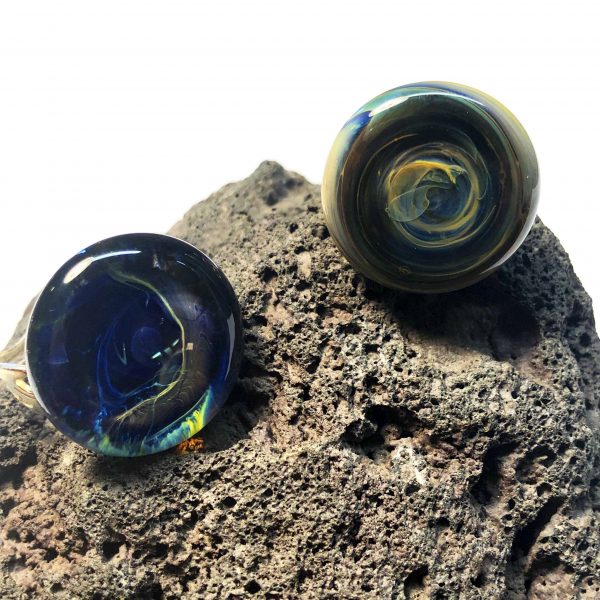
How did you feel the first time you observed glassmakers ?
It was alive and magic. It was moving quickly, glassmakers had nice gestures. They were able to make objetcs with a 1150 °C glass ball. I enjoyed the movements.
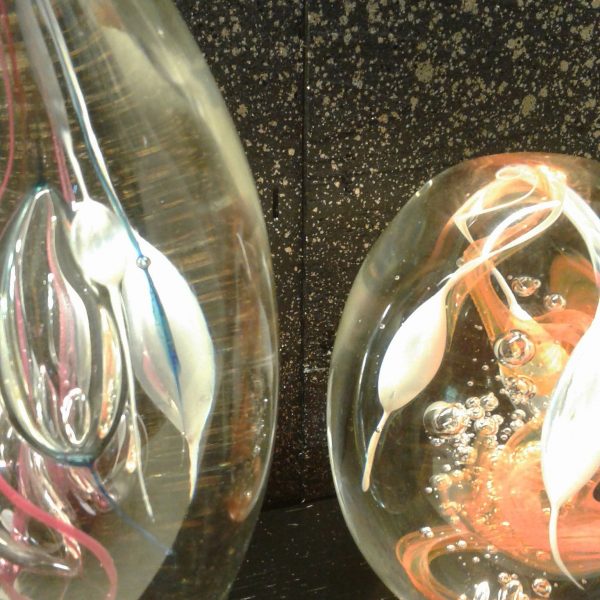
What has been your background after the workshop’s visit and highschool ?
I prepared a specialized vocational degree (the French CAP) and a work-study degree in Arts and Crafts with the Royal Glassware of Saint-Louis, a luxury manufactury, during two years. Then, I spent three years on the road to meet several French glassmakers. I wanted to work with them, to learn techniques and to offer my services. I called them, took a train and arrived to their homes. I went to the Hérault region, next to Avignon and in Dordogne where I met a glassmaker who allowed me to make my first pieces and to start my activity, around 2011. I moved to Dordogne and my company has slowly started to grow. I met lovely people such as Daniel Baroy, a glassmaker who gave me material such as high quality oven burners to help me. And it really helped me. The glassmaker who deeply inspired me is Pierre Nicolle who works next to Avignon, in L’Isle-sur-la-Sorgue. He taught me many patterns and told me to keep things simple to obtain a quality result. Glass has a mind of its own and is complicated to manipulate but it looks for simplicity. This is not about maling life more difficult. Pierre Nicolle and Ludovic Guittet are the two glassmakers who marked me during my trip.
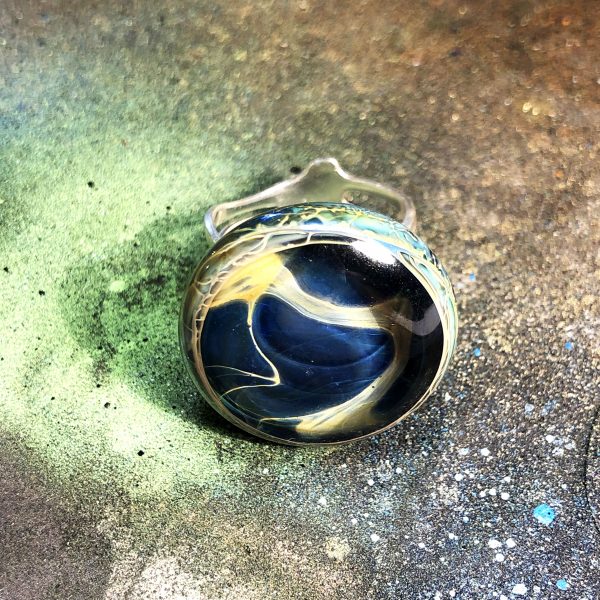
Do you remember your first piece? What was it?
I handled glass for the first time during high school and I made a pestle. It was our first exercise to learn the glass extension. I really enjoyed the glass handling, I felt many new and quite strong sensations. It is intense especially when you manage to make a finished object for the first time because we miss a lot of things before succeeding. Handling material in the right way takes weeks, you need to be able to take the right quantity of glass. It takes years of experience to know the gathering and I sometimes still make a mistake.
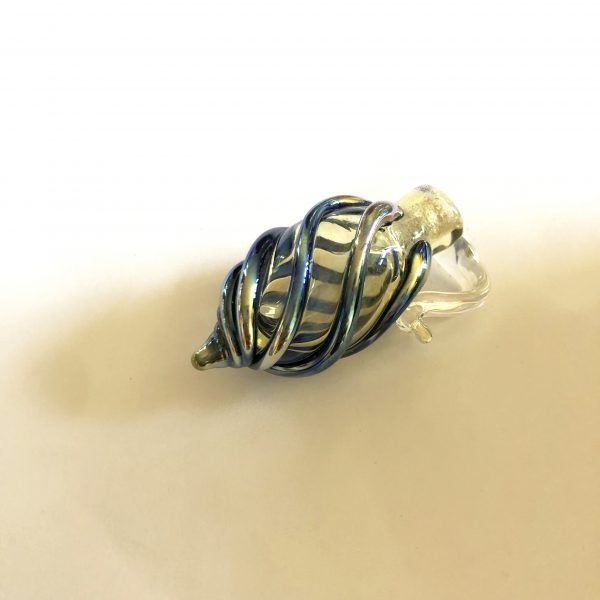
Do you often burn yourself ?
Not anymore. At the beginning, there were small accidents but I have no scar ! We more often burn ourselves when we make big pieces but it is not my speciality. I sometimes make some big pieces and this is not what I prefer.
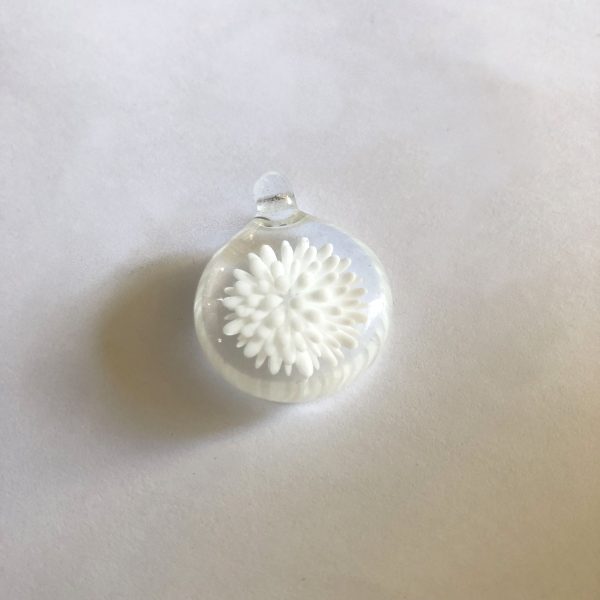
What is your usual creative process ?
It depends. I sometimes have an idea in the middle of the day and I try to make it to evaluate the technical restrictions. I rarely immediately manage to make a piece. I sometimes also draw a model in advance especially with my recent pieces which are tableaux. You need to know the proportions in advance to arrange the piece. However, I don’t always draw all my ideas. I sometimes feel that some ideas don’t work. I need to draw in advance all my projects that include sculptures to have an idea of the proportions and to check that each element can fit in the frame.
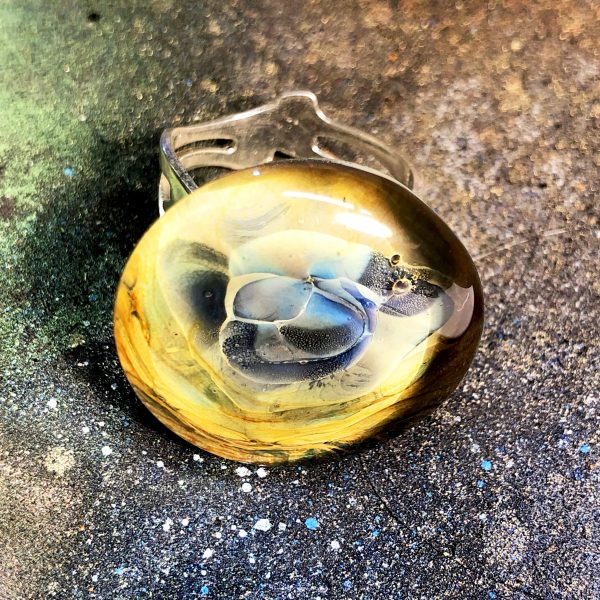
Do you feel limited when you draw ?
No, I am confortable with drawing. I draw sketches of my pieces since high school so I easily evaluate proportions. I don’t feel limited by drawing because I manage to do what I have in mind. Transcription of my idea through material is rather complicated. I can start again or erase a drawing, glass is uncompromising when I make a mistake. There is no way to catch up because glass has a memory. It remembers previous steps. We possibly can reuse transparent glass after heating it up but options are limited. When there is a color, it falls into the oven and consume refractory material. It is bad for the oven. You should not put metal oxyde in the oven.
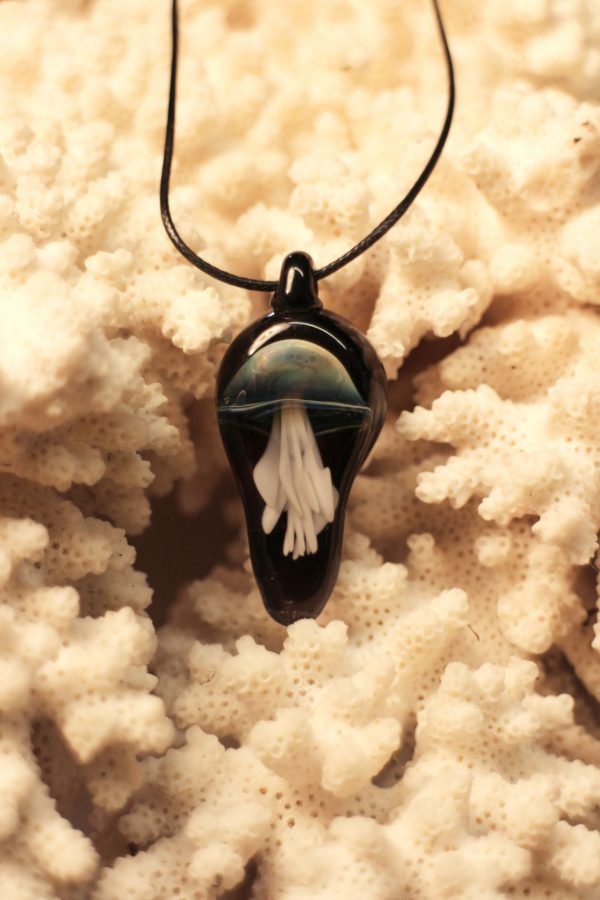
Where does your inspiration come from ?
I am often inspired by nature especially the aquatic world. When I was in high school, I found a resource book about shells. A lot of my patterns are inspired by this book. I am also inspired by fishes and I visit a lot of aquariums. I really like this very colorful universe. I have always worked more with color than trasnparency. I start to increasingly use trasnparent glass because it allows to obtain more shades in a color than when we use solid color. It depends on the result we want. The best way is to use them both, according to your projects, to diversify. We can almost obtain a result close to ceramic with opaque glass, especially with the crackled-glass technique. I rarely use this technique but it looks like raku.
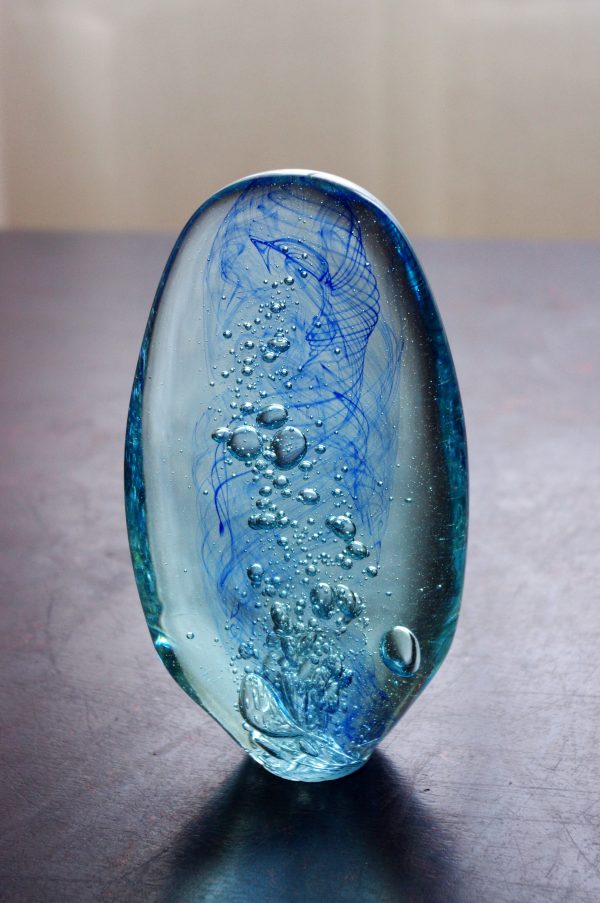
Photos : © L’Atelier verrerie du Chat Noir, © L’Envers du Décor. Photographs provided by Samuel Brand and L’Envers du Décor and published with their approval.
